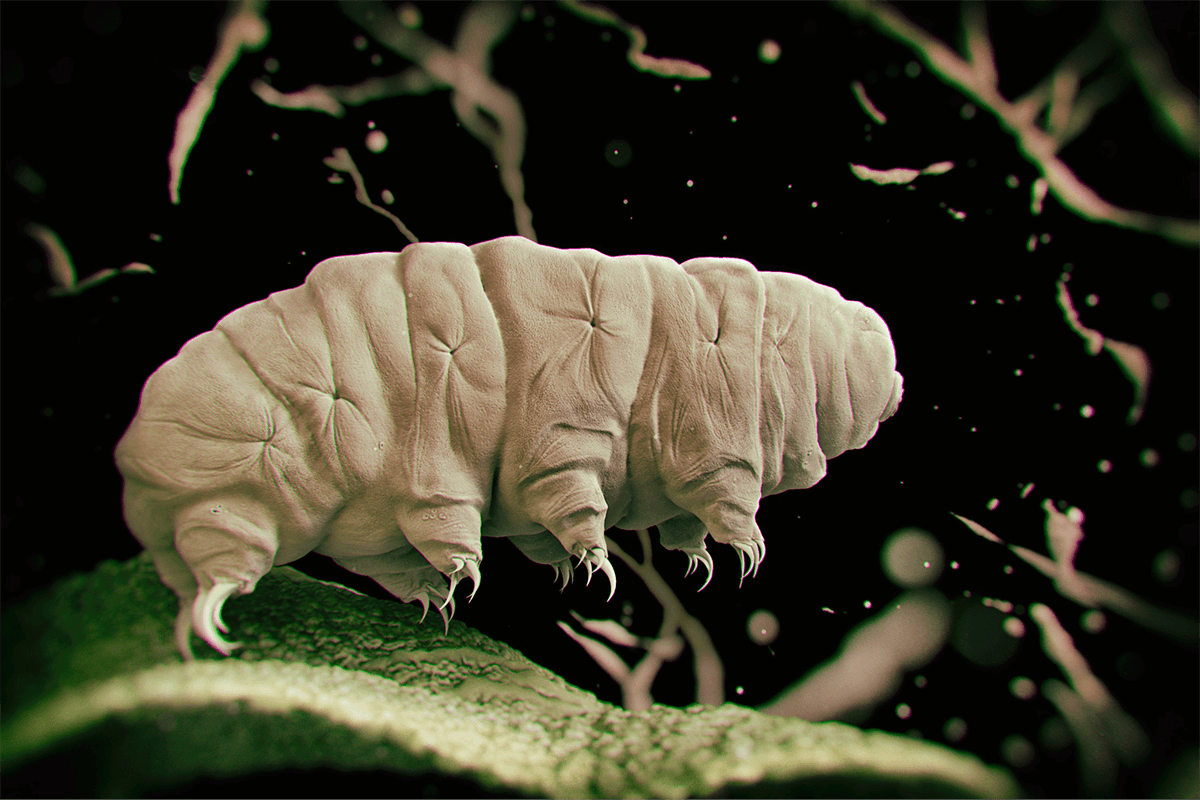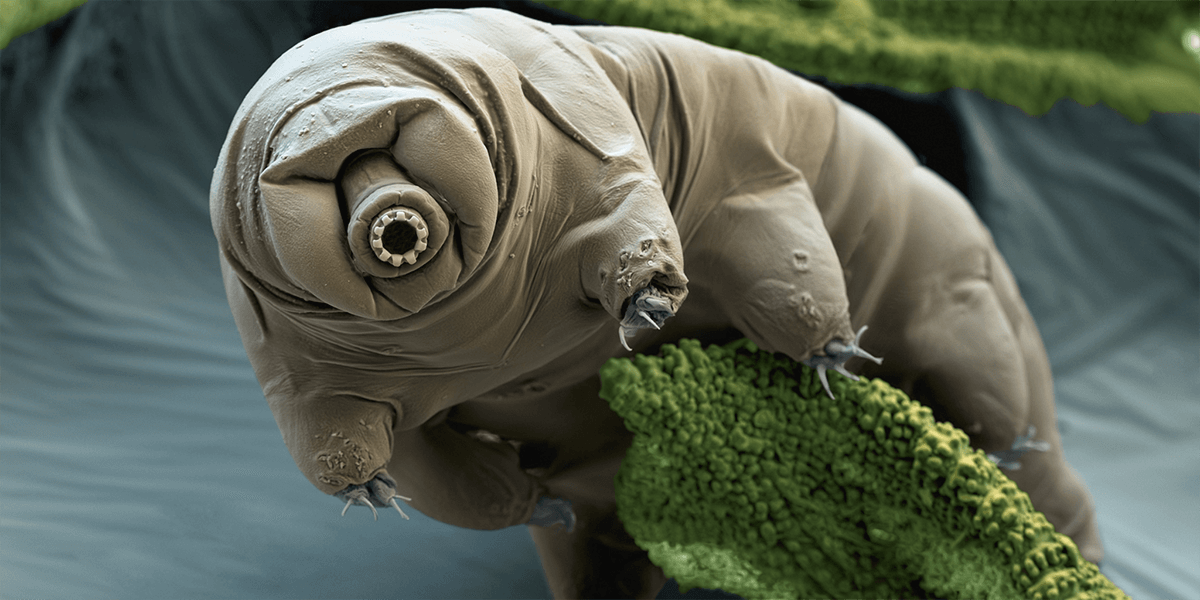
What makes tardigrades amazing?
Survival in extreme conditions
Cryptobiosis: A Survival Superpower
Why do we care about tardigrades?

Some of nature’s most fascinating creatures and the most resilient are the microorganism tardigrade. They are only 0.5 millimetres long, but they are some of the world’s hardiest beings in a wide range of environments globally. Tardigrades survive extreme conditions that would kill most other life forms. In this blog, we'll explore these tiny survivors' worlds and learn why they are so special.

Tardigrades, which means “slow-paced”, are also called water bears or moss piglets. Despite their size, they have a complex body structure with a head, eight legs, and tiny claws. Tardigrades belong to their unique phylum, Tardigrada, and they have been found living everywhere on Earth - from the deep sea to mountain tops. They are extremophiles that will thrive in the harshest climate.
Tardigrades have been boiled at over 150ºC and frozen in liquid nitrogen without any noticeable harm. In 2007, the Russian FOTON-M3 spacecraft carried tardigrade passengers into orbit. It was found that they can survive pressures of 6,000 atmospheres. After 12 days of being exposed to the vacuum, cold and radiation of space, they survived and laid eggs that hatched!

Tardigrades are indestructible in a special state called cryptobiosis. In this state, they tuck their legs in and expel all moisture from their bodies. In this state, tardigrades are called tuns, and here they produce glycerol and secrete trehalose, which is a simple sugar with remarkable preservation properties. As per Protein Science, the trehalose acts as a cocoon that traps the biomolecule inside a glassy matrix, like amber-encasing insects. So, as the trehalose crystallises, the tardigrade becomes mummified in a glass suit of armour. As a tun, the tardigrade’s metabolism is reduced by 99.99%.
Different species of tardigrades adapt to different types of environmental threats. In hot conditions, one species of tardigrade releases heat-shock proteins to protect them. Some tardigrades form bubbly cysts around their bodies that allow them to survive in harsh climates.
Tardigrades can survive the intense heat and cold temperatures of absolute zero (-273°C). They can survive high radiation levels that no other living being can survive and thrive in the vacuum of space. In October 2020, researchers at the Indian Institute of Science in Bangalore found that a new species of tardigrade, Paramacrobiotus sp., is capable of protecting itself from a potentially lethal blast of UV radiation by forming a protective glowing shield. They simply absorb the harmful UV radiation and then emit it as harmless blue light.

After tardigrades lose almost all of their water content, their metabolism shuts down and they appear dead. They can remain in this condition of suspended animation for decades until conditions are favourable again and they rehydrate and "come back to life." This ability to "pause" life is one of the reasons tardigrades can survive extreme droughts, high radiation, and freezing environments.
Tardigrades can be found in lichens, leaf litter, moss, oceans, rivers, and lakes and all parts of the planet. Studying tardigrades has helped scientists better understand survival in extreme environments. It has led to advances in medicine, such as improving the preservation of biological materials like vaccines and helping protect astronauts in space.


Tardigrades are the mighty microorganisms of planet Earth, which may also be thriving on the moon. Their ability to survive in extreme conditions makes them one of the most fascinating creatures on Earth. They are studied in biology and space exploration, demonstrating their relevance and role in the environment.
JAIN PU College, a part of the renowned JGI Group, is committed to empowering students with quality education. Beyond academics, the college ensures its online content reflects the same standard of excellence. Every blog and article is meticulously vetted and proofread by subject matter experts to ensure accuracy, relevance, and clarity. From insightful educational topics to engaging discussions, JAIN PU College's content is crafted to inform, inspire, and add value to its readers, reflecting the institution's commitment to intellectual growth and innovation.
View all Blogs